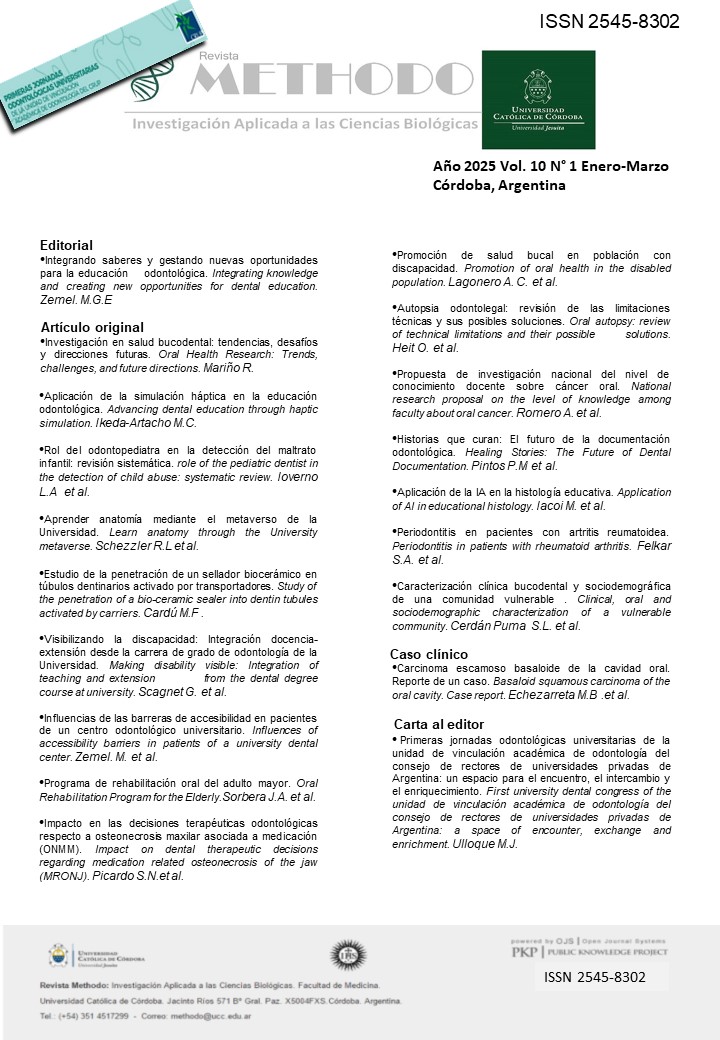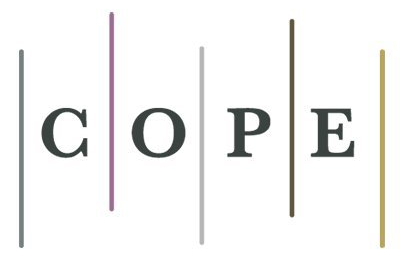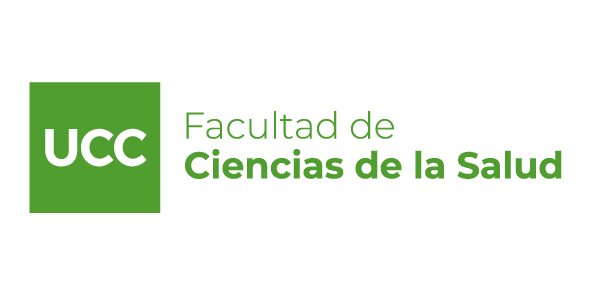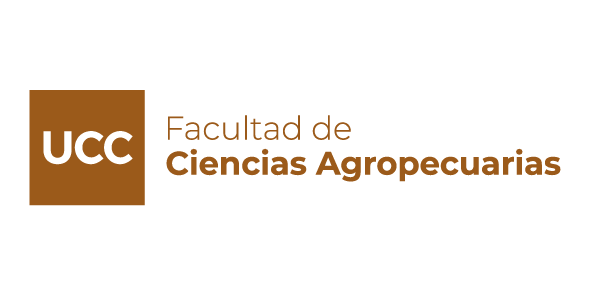Influences of accessibility barriers in patients of a university dental center
DOI:
https://doi.org/10.22529/me.2025.10(1)08Keywords:
Social determinants of health, primary health care, health promotion, dental education, universal health coverageAbstract
INTRODUCTION: Accessibility to oral health is directly influenced by the social determinants of health
present in sociodemographic contexts. Therefore, knowledge about economic, social, demographic and
epidemiological factors of the population that most needs dental care becomes relevant in planning policies
that contribute to ensuring access to oral health.
OBJECTIVES: The study aimed to describe sociodemographic and epidemiological characteristics of
patients treated at the University Dental Center (COU) and their association with social determinants of
health.
MATERIAL AND METHOD: A descriptive cross-sectional observational design was performed in a
sample of 59 patients from the Admission Service of the University Dental Center of FASTA University.
Age, sex, level of education, type of occupation, reason and date of last consultation were evaluated. A
voluntary questionnaire was applied by performing the statistical treatment using IBM SPSS Statistics 22.0,
95% CI, p<0.05, and the Pearson correlation coefficient was evaluated.
RESULTS: The average age of the sample was 42.1 years, with a fashion and median 38; 45 (76.3%) were
women. Secondary education was the highest level of education attended by 33 patients (55.9%, p<0.05).
Formal employment was of equivalent value. Regarding the type of coverage, 36 patients (61.0%) reported
that they did not have any. Finally, 24 (40.7%) people had attended a dental consultation during the last
year, with only 6 (25.0%) having their last visit for prevention or oral health control
CONCLUSION: From the sample analyzed, it was concluded that the group that did not have private dental
coverage or through social works was significant (p<0.05), increasing accessibility barriers and inequalities
in oral health. There is a need to reorient health policies towards universal health coverage
Published
How to Cite
Issue
Section
License
Copyright (c) 2024 Methodo Investigación Aplicada a las Ciencias Biológicas

This work is licensed under a Creative Commons Attribution-NonCommercial-ShareAlike 4.0 International License.




















